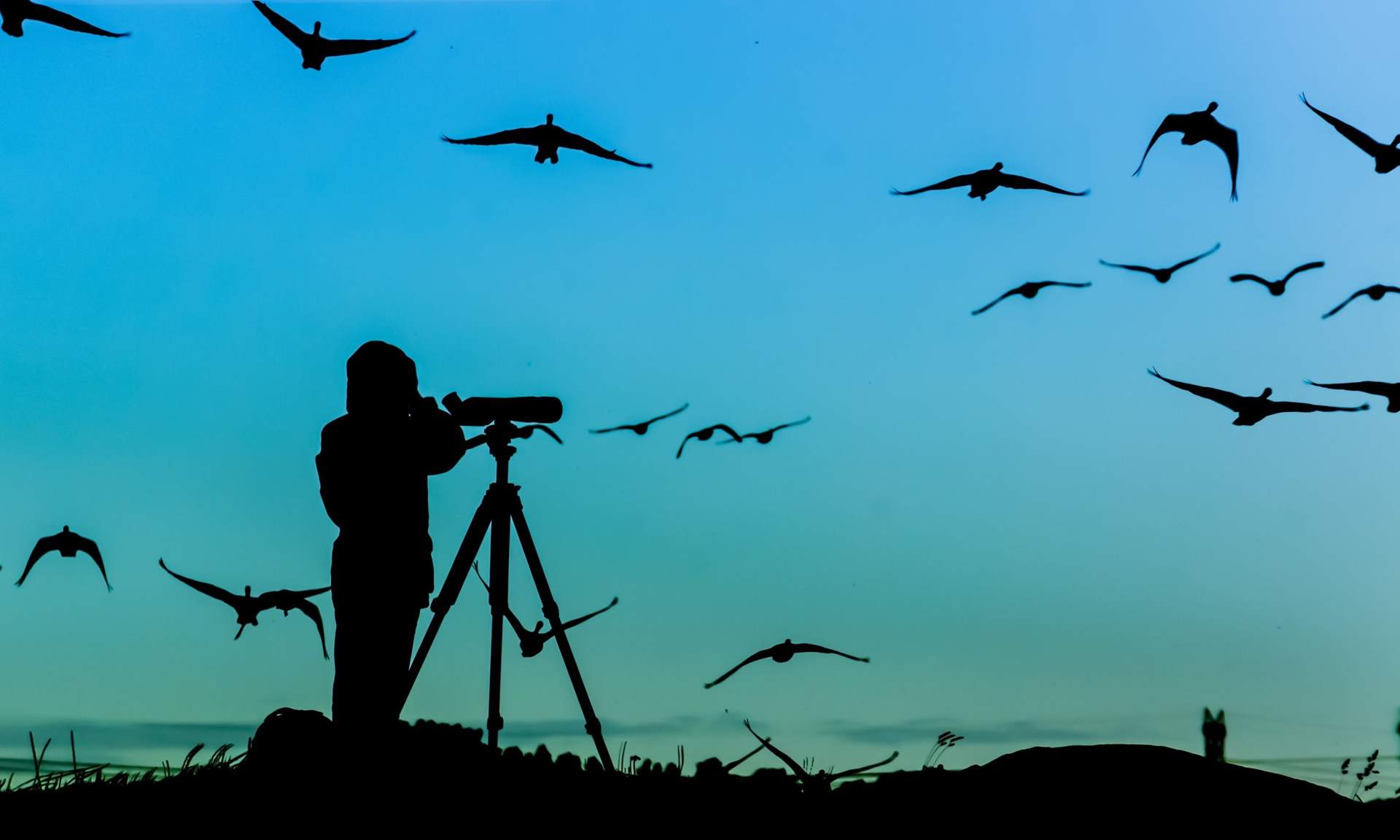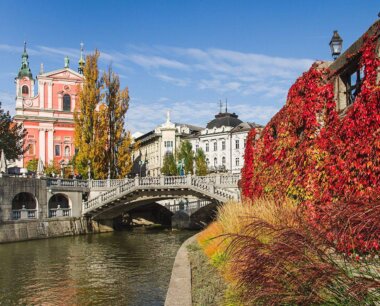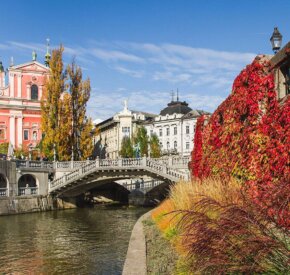
The Wanderlust guide to the best of birdwatching
From flocks of flamingos to solitary songbirds, birds put on some of the world’s greatest natural spectacles. Here’s how and where to watch our feathery friends…
Birds are the ultimate travellers. And something about their power of flight and their seasonal wanderings screams freedom and stirs the nomad in us all. No wonder, then, that the RSPB reckons some three million adults go birdwatching in the UK every year.
The best thing about birds is their sheer ubiquity. You’ll find birds in every environment: griffon vultures riding updrafts in the Himalaya; dune larks foraging in the sandy emptiness of the Namib Desert; golden eagles soaring in Scottish skies. Open your back door and you’ll discover that even the average suburban garden offers an impressive spectrum of species.
For avid enthusiasts, specialist bird-watching trips are offered all over the world, lead by experienced guides who will help you track down and identify the local avi-fauna. Many trips cater to seasoned ‘world listers’, who like to tick off species and might rack up 450 or more in a fortnight.
But birding locations don’t have to be exotic. With birds found pretty much everywhere, any car park, station platform or hotel window can produce the goods. And a spot of birdwatching can add an extra dimension to any trip.
You don’t need any equipment to get started with birdwatching, although a pair of binoculars that are comfortable to hold and wear around your neck will be useful. To identify what you’ve spotted, consult an illustrated field guide or download one of the many available smartphone apps.
Birds can enliven any travel experience – whether you’re looking for them or not. And it’s surprising what else you’ll notice once you start paying them attention – simply because birdwatching requires you to stop, listen and focus on your surroundings.





















